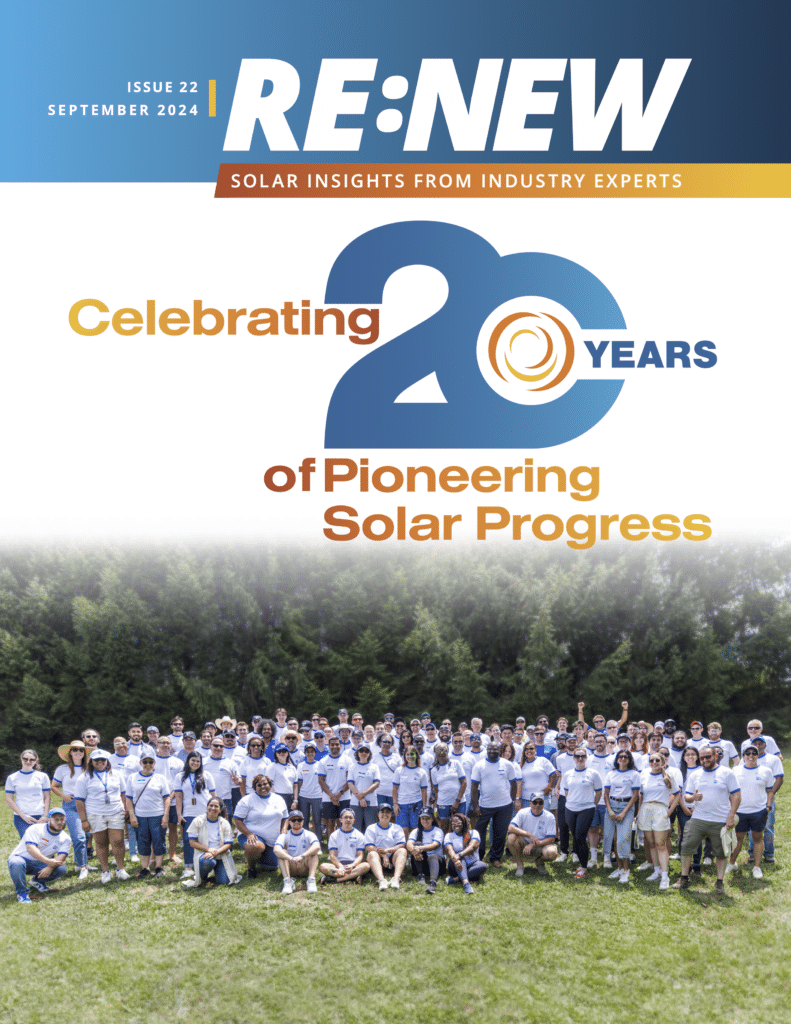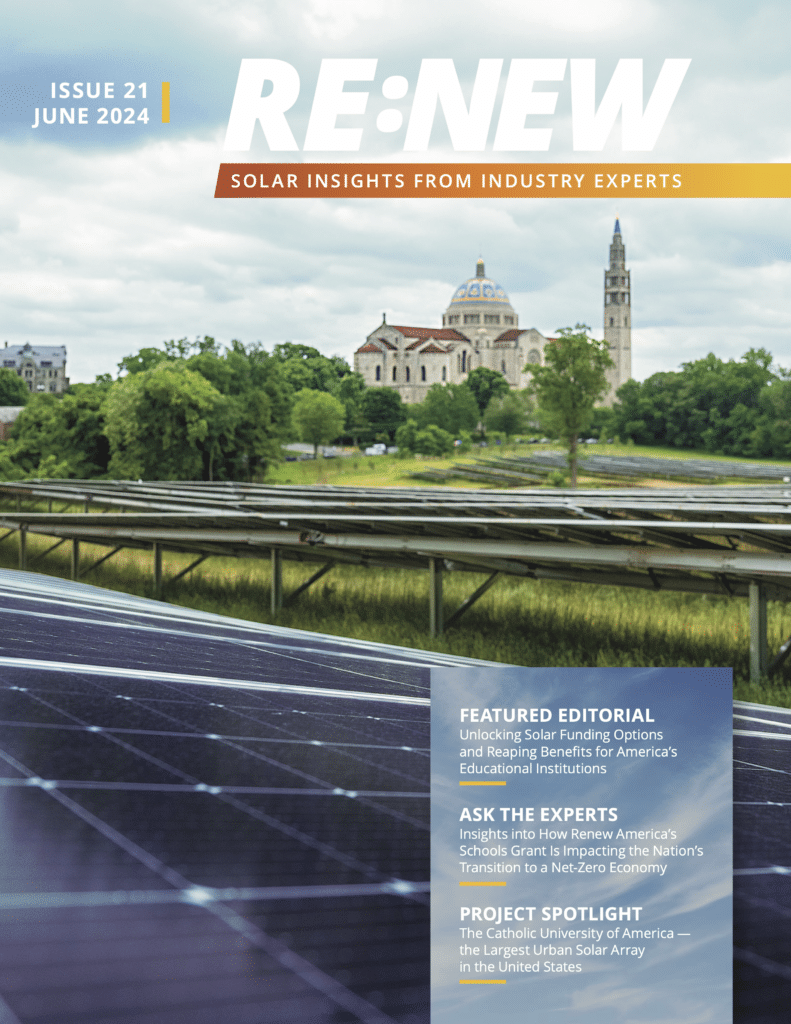Standard Solar Offers 12-Month Bridge Loan As Added Incentive To Go Solar Now
Go Solar Payment Program Can Ease The Wait for Federal, State and Any Local Incentive Credits or Payments
GAITHERSBURG, Md., March 3 — Homeowners in Maryland and the District of Columbia now have the option of purchasing solar electric systems through Standard Solar’s new “Go Solar Payment Program.” The program features no-interest financing for 12 months which can serve as a loan to help bridge the time between when a system is paid for and the receipt of payments for government incentives or tax credits.
The “Go Solar Payment Program” makes as much as $45,000 available to qualifying homeowners. The government incentives available to homeowners and businesses include, but are not limited to, the new 30% Federal Investment Tax Credit, Maryland’s solar grant, local property tax credits in certain Maryland counties and Washington, DC’s new Renewable Energy Incentive Program.
“For homeowners who repay the loan within 12 months, this essentially is free money,” said Standard Solar President and Chief Executive Officer, Anthony Clifford.
Homeowners apply for 12-month same-as-cash through the “Go Solar Payment Program” by phone and get a credit decision in about 10 minutes. The paperless application process is quick, easy, and secure. To get started, contact a Standard Solar consultant at 1-888-474-3843 or via email at info@standardsolar.com. Homeowners interested in speeding up the process can jump-start the assessment of their home’s suitability for solar by filling out an evaluation at https://info.standardsolar.com/project-intake-form-2021 .
New solar incentives, combined with the 12-Month Same-As-Cash payment option, present an unprecedented value for homeowners. “For homeowners who want to save money, reduce their reliance on the ever-increasing cost of utility-supplied electricity, lower their impact on the environment and help relieve stress on the regional power grid, there simply has never been a better time to go solar,” Clifford said.
Solar systems are especially helpful in taking stress off the network of regional transmission lines that funnel electricity throughout the region. As those lines are used more heavily, the risks to residents of Maryland and DC of brown-outs — even blackouts — grows.
“Some homeowners,” Clifford added, “are asking us why it doesn’t make sense to draw on their home equity lines of credit to finance their solar systems. Our response to them is this: that home equity line is charging you interest. The “Go Solar Payment Program” offers no interest (if paid in full during the same-as-cash period) and a payment deferral of 12 months. Prior to the expiration of the same-as-cash period, the homeowner can always use their home equity credit line to pay-off the loan.”
Information about the Renewable Energy Incentive Program in the District of Columbia launched February 23, 2009. There District homeowners can see how the “GreenDC” incentives, together with a 30% Federal tax credit, can pay for more than half of the up-front system cost. Once energy savings and the sale of Solar Renewable Energy Credits are taken into account every year going forward, the time needed to recover that net investment on a typical 3-kilowatt system approaches four years.
In states requiring that a certain percentage of electricity be generated from renewable resources such as solar and wind, homes and businesses that generate a portion of their own electricity earn Solar Renewable Energy Credits.
A Solar Renewable Energy Credit certificate is earned for each 1,000 kilowatt hours of electricity generated annually and can be worth $300 or more to homeowners. A typical 3 kilowatt system can be expected to generate more than 3,500 kilowatt hours of electricity every year. The sale of the Solar Renewable Energy Credits would earn homeowners an average of at least $1,000 annually.
More Recent Blog Posts
The Politics of the Inflation Reduction Act: Standard Solar’s September Policy Brief
September 13, 2024
Trevor Laughlin · 4 min read
Community Solar, Front And Center: Standard Solar's August Policy Brief
August 12, 2024
Trevor Laughlin · 3 min read
A Mixed Legislative and Regulatory Landscape: Standard Solar’s July Policy Brief
July 15, 2024
Trevor Laughlin · 4 min read
Community Solar, Front And Center: Standard Solar's June Policy Brief
June 18, 2024
Trevor Laughlin · 3 min read
Most Popular Blog Posts
How To Create A Complete Commercial PV Design Package
CJ Colavito · 3 min read
New California Legislation Takes Community Solar Access to New Heights
Harry Benson · 3 min read
State Policy Leaps Into The Spotlight As Federal Policy Winds Down
Travis Tate · 3 min read
The Challenges of Finance and Interconnection Across Multiple States
Scott Wiater · 3 min read






Share